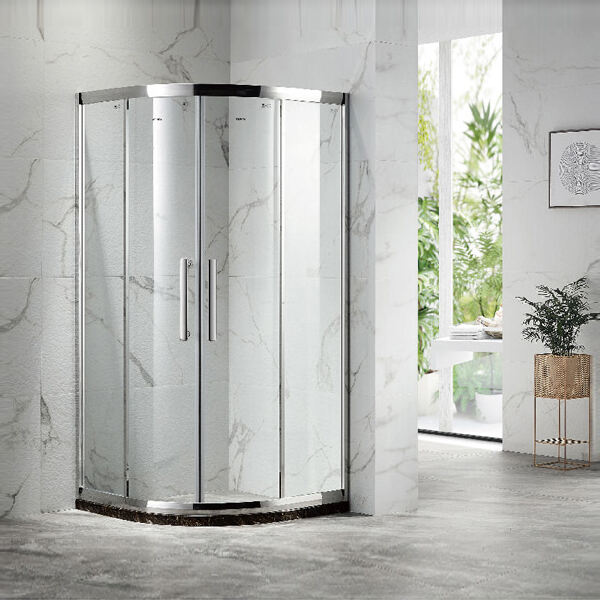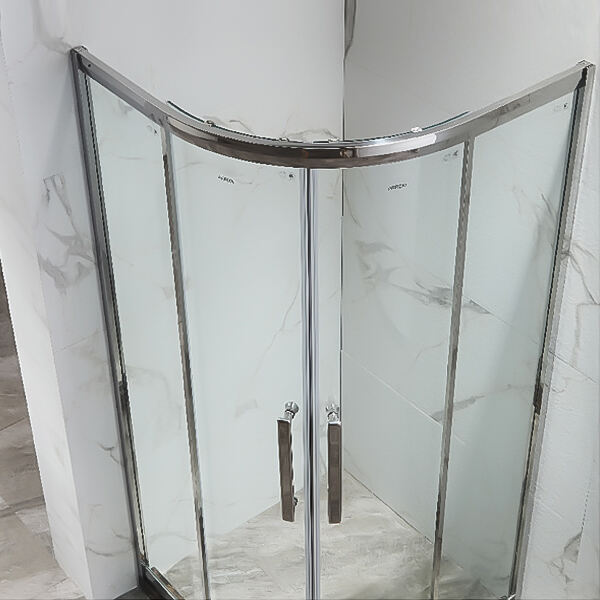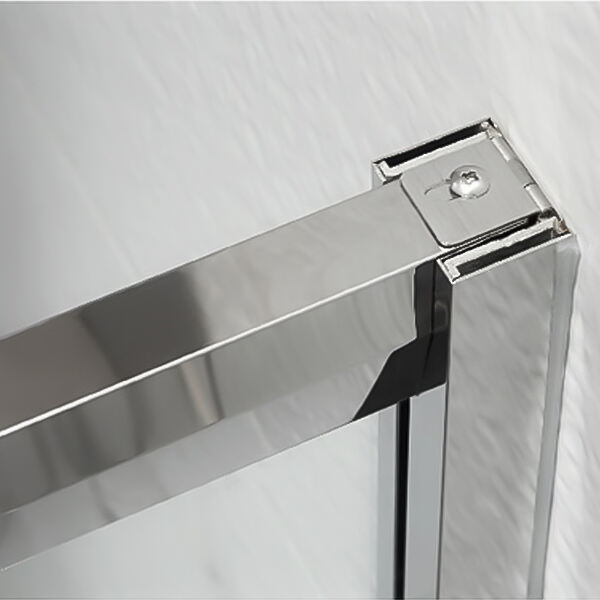شاور کے گرد کی پینل شاور دیواروں کے گرد استعمال کی جاتی ہیں۔ انہیں کئی مواد، رنگ اور ماڈلز سے بنایا جا سکتا ہے۔ شاور کے گرد صرف بathroom کی شانداری فراہم کرتے ہیں، بلکہ وہ دیواروں کو مویسی سے بچاتے ہیں۔ جبکہ کوئی نہیں ہے نیچے مونٹھ بیتھ سینک دیواروں سے پانی دور رکھنے کے لئے، گھمنٹ پیدا ہوسکتی ہیں - یہ آپ کے گھر یا صحت کے لئے ایدیل نہیں ہے۔
اگر آپ مطابق ہیں تو آپ خود شوئر سرکونڈ لگا سکتے ہیں۔ پہلے آپ کو اپنے شوئر علاقے کی لمبائی کو پیمانہ لینا ہوگا۔ بنیادی طور پر، آپ کو اس علاقے کی بلندی اور چوڑائی کو پیمانہ لینا ہوگا جہاں سرکونڈ فٹ ہوتا ہے، ایک ٹیپ پیمانہ استعمال کرتے ہوئے۔ جب آپ کو مناسب پیمانے مل جائیں گے تو آپ پینل کو اسی انداز میں کاٹ دیں گے۔
پھر آپ کو پینلوں میں چڑھائی کے لیے چھدے بنانا ہوں گے۔ جب آپ درویش داخل کریں گے تو یہاں سے ان کا عبور ہوگا۔ یہ درویش پینل کو جگہ پر رکھنے کے لیے ہیں تاکہ وہ حرکت نہ کریں اور گرنے سے روکیں۔ آپ کو ضرور تعلیمات کو جو آپ کے ساتھ ہیں انسداد کرنا چاہیے آنڈرماونٹ لیوаторی سنک ۔ یہ اس کو صحیح طریقے سے اور سلامتی کے ساتھ لگانے میں مدد کرے گا۔ لیکن اگر آپ کو اسے کرنے میں شک ہو تو اس کے لیے دوست یا ماہر کو استعمال کریں۔
شاور کے ارد گرد کو آپ کے بathroom سے مل جुلانا چاہئے، جس کے لیے آپ کو ارد گرد پر غور کرنا چاہئے (بالکل کسی طرح یہاں مزاحیہ شاعری ہونی چاہئے)۔ یہ تمام مقبول مواد شامل ہیں جن کے درمیان آپ انتخاب کر سکتے ہیں:

ٹائیل: ٹائیل اتنا قدیمی ہے کہ مانتا ہوں کہ کئی لوگ اس کو دوبارہ استعمال کریں گے۔ یہ بہت متعدد استعمالات کے لیے مناسب بناتا ہے۔ اس کے علاوہ ٹائیل آپ کے گھر کی قیمت میں بھی اضافہ کرسکتی ہے اور ہم سب جانتے ہیں کہ یہ اچھی بات ہے۔

جبکہ بازار میں خوبصورت لیکن معقول قیمت والے شاور ارد گرد کے بہت سارے اختیارات موجود ہیں، تو ان معقول قیمت والے لیکن مضبوط اپگریڈڈ ڈیزائن کو تلاش کرنے کی ضرورت نہیں۔ ایکریلک اور فائبreglass اچھا انتخاب ہوتا ہے کیونکہ وہ خفیف وزن ہوتے ہیں اور سیٹ کرنے میں آسان ہوتے ہیں۔ اس کے علاوہ وہ مختلف رنگوں اور ڈیزائن میں آتے ہیں تاکہ آپ کو اس کا انتخاب اپنے شاور روم کے لیے مناسب مل جائے۔

دوسرा چونٹ یہ ہے کہ آپ اپنے شاور کے گرد کو ٹائیل کر سکتے ہیں۔ لیکن اگر آپ بجت پر ہیں، تو آپ کم ٹائیل استعمال کرسکتے ہیں۔ آپ صرف ایک چھوٹا سا علاقہ ٹائیل کر سکتے ہیں یا انہیں وہ جگہ لگا سکتے ہیں جہاں وہ زیادہ نظر آئیں، پوری دیوار کو ٹائیل سے بھرا کے بجائے۔ یہ یقینی بناتا ہے کہ آپ فLOOR ٹائیل کی پوری خوبصورتی حاصل کرتے ہیں اور آپ کی جيب کو نکالنا نہیں پڑتا۔